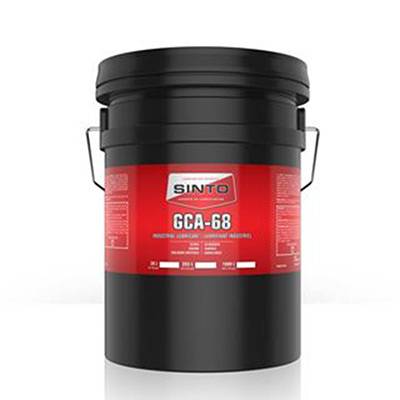снеж . 09, 2024 17:17 Back to list
High-Precision Granite Flat Plates for Accurate Measurement and Quality Assurance
Precision Granite Plates The Cornerstone of Exact Measurement
In the realm of metrology and precision engineering, the importance of having accurate and stable reference surfaces cannot be overstated. One of the most essential tools used for achieving this level of precision is the granite plate, specifically designed for measuring and calibrating machinery, tools, and parts. These precision granite plates serve as a reliable platform that enhances measurement accuracy and consistency across various applications.
Granite, a natural stone composed mainly of quartz, feldspar, and mica, possesses several characteristics that make it an ideal material for precision measuring instruments. One of the key attributes of granite is its exceptional hardness, which prevents wear and tear even after prolonged use. This durability ensures that precision granite plates maintain their flatness and integrity over time, providing a stable reference point during measurements.
Moreover, granite exhibits a remarkably low coefficient of thermal expansion, which means its dimensions do not fluctuate significantly with temperature changes. This stability is crucial in precision measurement environments where even the slightest deviation can lead to erroneous results. Additionally, granite's ability to absorb vibrations further contributes to its reliability, making it an excellent choice for applications that involve sensitive measurements.
Applications of Precision Granite Plates
Precision granite plates find extensive use across various industries, including manufacturing, aerospace, automotive, and electronics. In manufacturing, these plates are often employed as flat surfaces for inspecting machined parts, ensuring that they meet stringent tolerances. By placing components on a granite plate, operators can utilize height gauges, dial indicators, and other measuring instruments to verify dimensions accurately.
precision granite plate

In the aerospace and automotive sectors, where safety and performance are paramount, granite plates are instrumental in the calibration of inspection tools and fixtures. They provide a consistent and precise base, enabling engineers to ensure that components are manufactured to exact specifications. This level of precision is vital not only for reliability but also for compliance with industry standards and regulations.
Advantages of Using Precision Granite Plates
The benefits of utilizing precision granite plates extend beyond mere accuracy. Their inherent properties facilitate the development of a more efficient workflow in manufacturing and quality assurance processes. Since granite plates can be produced with high flatness tolerances, they reduce the need for time-consuming adjustments during the measuring process. This efficiency ultimately leads to cost savings and enhanced productivity.
Furthermore, the aesthetic appeal of granite plates cannot be overlooked. Many manufacturers choose to use polished granite surfaces due to their sleek appearance, making them suitable for display in high-tech environments. This visual aspect can enhance the perceived professionalism of a workspace, which is increasingly important in modern industries.
Conclusion
In summary, precision granite plates play an indispensable role in the realm of precise measurements and quality assurance. Their unique properties, including exceptional hardness, low thermal expansion, and vibration absorption, combine to provide an optimal solution for industries demanding high accuracy. As technology advances and the need for precision continues to grow, the reliance on these granite plates will undoubtedly persist, solidifying their place as a cornerstone in the field of metrology and precision engineering. Investing in high-quality precision granite plates is not just about obtaining accurate measurements; it is about ensuring the long-term success and reliability of products in an increasingly competitive marketplace.
-
Why Metric Trapezoidal Thread is Ideal for Precision Motion ControlNewsAug.05,2025
-
The Unique Properties of a Block of Granite for Industrial UseNewsAug.05,2025
-
The Role of Flanged Y Strainers in Preventing Pipeline ClogsNewsAug.05,2025
-
The Importance of Regular Calibration for Master Ring GagesNewsAug.05,2025
-
How a Cast Iron Surface Table Enhances Accuracy in ManufacturingNewsAug.05,2025
-
Comparing Different Check Valve Types for Optimal Flow ControlNewsAug.05,2025
Related PRODUCTS









